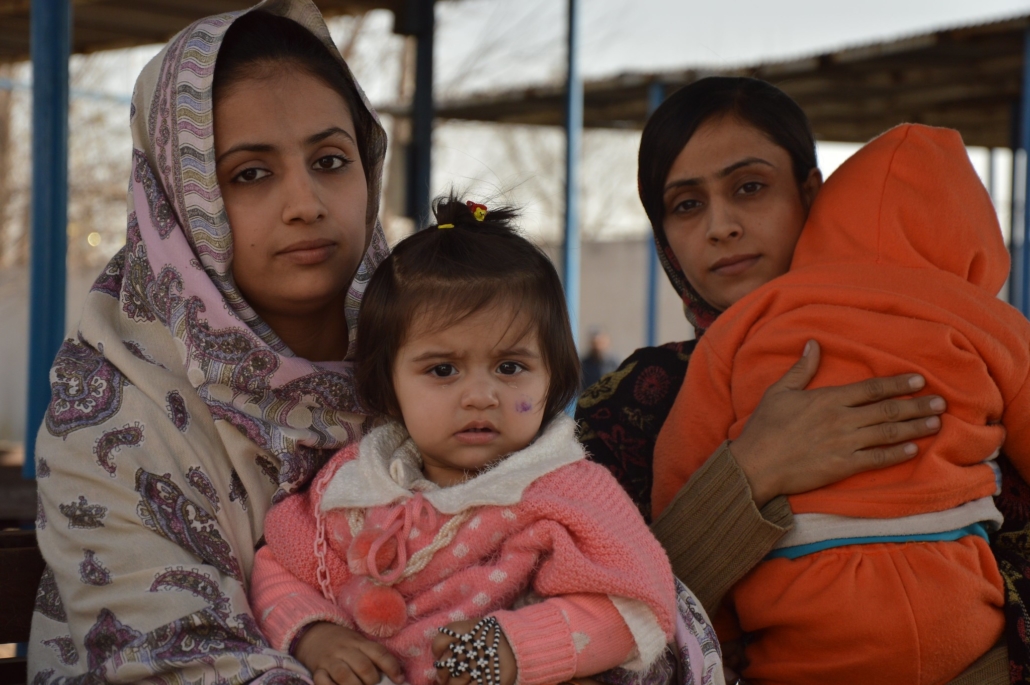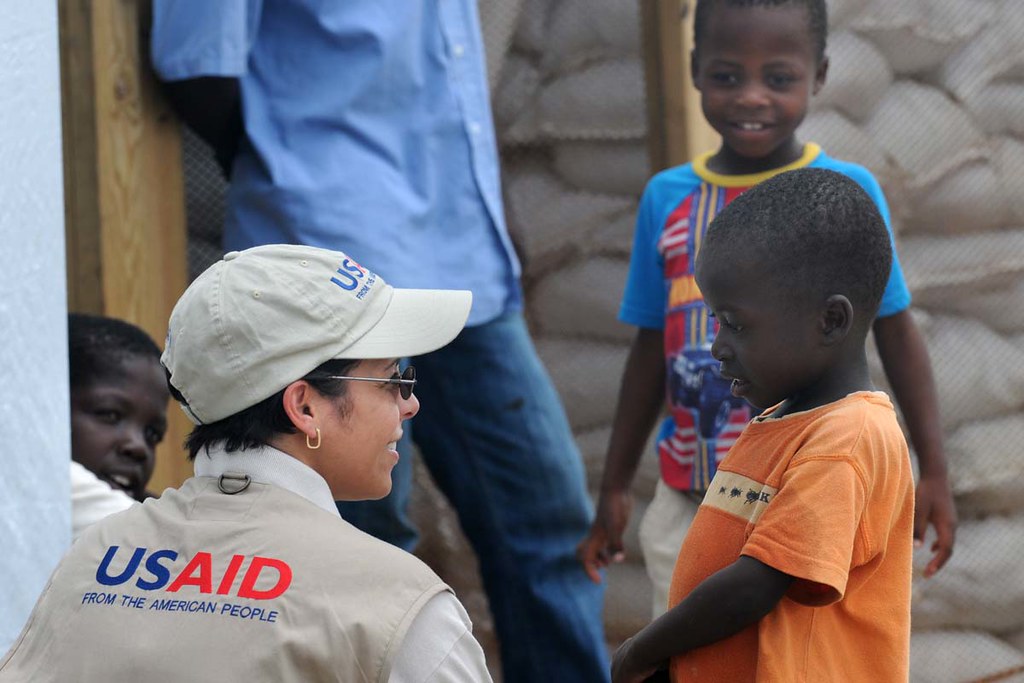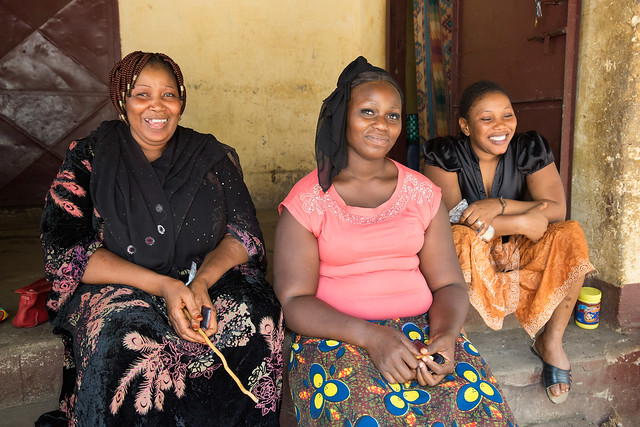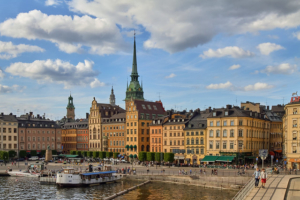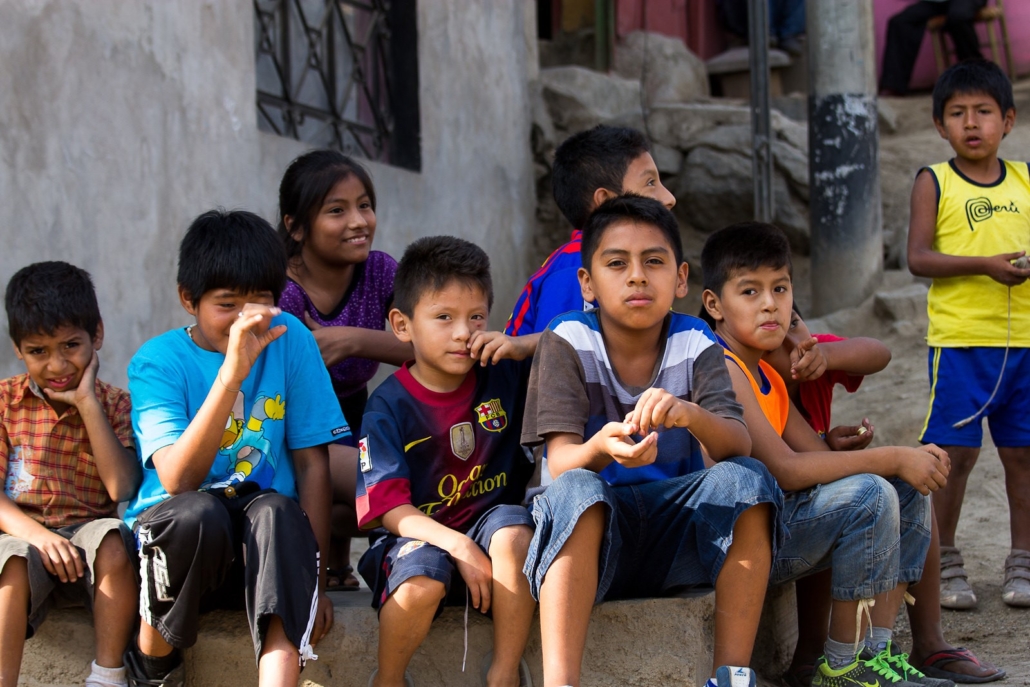
When thinking about reducing poverty, environmental protection may not come to mind as something to be put in the same category. However, environmental protection and poverty reduction go hand in hand and achieving environmental justice is a vital step in fully ending global poverty.
Preserving the environment means protecting air quality and water sanitation, as well as land to produce food. Additionally, it means preserving the health of both humans and animals. Yet according to DAC Guidelines on Poverty Reduction, the poorest countries and people in the world are the most vulnerable to the effects of environmental degradation. DAC Guidelines say that the key to reducing poverty is integrating “sustainable development, including environmental concerns, into strategic frameworks for reducing poverty.” Therefore, protecting the environment can reduce poverty if people take the correct steps.
Countries Taking a Stand
According to the United Nations Development Programme (UNDP), around 20 percent of the total loss of life expectancy in developing countries is due to environmental causes, compared to only 4 percent in advanced countries. In addition, 99 percent of deaths related to using unsafe water or having limited access to clean water occurs in developing countries.
Countries around the world are aware of the impact that environmental degradation has on poor communities specifically, and programs and leaders are taking action in order to protect the environment and make safe living spaces for the poor. Specifically, researchers in Costa Rica are working to show exactly how protecting the environment can reduce poverty in poorer countries and communities.
Costa Rica’s researchers’ ultimate goal was to show the effect that environmental issues have on poor communities and how environmental protection can reduce poverty. Two professors, Paul J. Ferraro and Merlin M. Hanauer, found that Costa Rican poverty reduced by 16 percent by protecting natural areas and that around “two-thirds of the poverty reduction associated with the establishment of Costa Rican protected areas is causally attributed to opportunities afforded by tourism.”
In turn, Ferraro’s and Hanauer’s findings have demonstrated that improved conservation programs and policies are necessary to reduce poverty in poor communities even further. The goal of conserving wild areas for the purpose of ecotourism could potentially lead to more job creation, a growing economy, the reduction of deforestation and a refuge for wildlife in poor areas and developing countries. Costa Rica is taking the initiative to clean up the environment and create a healthier living space for citizens, yet most countries still face day-to-day environmental justice. For this reason, the world must take further steps to allow every person to have environmental justice.
The Truth About Environmental Justice
The EPA defines environmental justice as “the fair treatment and meaningful involvement of all people regardless of race, color, national origin, or income, with respect to the development, implementation, and enforcement of environmental laws, regulations, and policies.” The EPA emphasizes that the goal of environmental justice will only be met once every person around the world has both the same accessibility to protection from natural disasters and environmental/health hazards and the equal right to partake in community and country decision-making about environmental health.
While environmental justice is a goal of a lot of different communities, countries and organizations, environmental injustice is very prevalent around the world. The result is that the most vulnerable and financially unstable people on earth feel the global impact of environmental degradation the most severely. Although developed nations like the United States and those of Europe emit larger quantities of greenhouse gases per capita, developing nations often experience the worst effects of environmental degradation and air pollutants. This is because people living in developing countries often do not have the financial support to be able to move to less polluted areas, and usually have inadequate housing and limited resources, which makes it nearly impossible to adapt to environmental disasters.
Ways to Support Environmental Justice for All Humans
Protecting the environment can reduce poverty, but poverty reduction is also just as important in order to protect the environment. UNICEF states that girls in poor communities often do not go to school because they have to fetch water for their families. As a result, they often do not know the importance of conserving the environment and natural resources because they have not had the opportunity to learn about it.
According to 1 Million Women, 70 percent of the world’s people that live below the poverty line depend solely on natural resources for survival. Yet without clean water or proper waste and garbage disposal systems, escaping pollution is almost impossible. Therefore, supporting and donating to nonprofit organizations that help to provide resources for the world’s poorest and aim to stop environmental degradation is vital. In addition, taking small steps like eating more a plant-based diet, buying sustainable products, volunteering for community cleanups and educating others can make an enormous difference in protecting the environment, and in turn, reducing poverty.
These steps are crucial in supporting not only the environment but also the communities and developing nations around the world that battle environmental justice every day of their lives. In addition to small changes that every person can make to help the most vulnerable against environmental degradation and health hazards, organizations and federal agencies are also helping drastically. Specifically, the EPA started EJSCREEN in 2015, which creates data that shows the environmental demographics across the country and also assists federal agencies in allowing the public to view the impacts of environmental injustice in every area open to new development. By opening up this information to the public, people may be more cautious before blindly living in an area in which they may feel the effects of environmental injustice. With more and more companies and organizations supporting sustainability and environmental justice every day, these trends could increase and start to make an even bigger difference.
Change Starts with Individuals
The link between environmental protection and poverty reduction is clear, and it is imperative that nations and communities continuously work towards a healthier environment in order to secure the well-being of future generations. Protecting the environment can reduce poverty while the smallest changes to one’s life can make a huge difference to the globe.
– Paige Regan
Photo: Flickr
 People helping people. Country helping country. Giving back to the world is not a strange concept and is a welcomed idea in most societies. A popular form of global help is foreign aid. The umbrella term commonly refers to monetary assistance provided by outlying or foreign governments. The funds are generally distributed through humanitarian organizations, non-profit groups or directly from a foreign government. As such, the aid is given to citizens in an abundance of forms, such as money, food or shelter. While some can afford to provide more than others on a purely numeric comparison, the amounts are measured or valued differently depending on the country’s economic standing. This list consists of five countries fighting global poverty who outshine the rest.
People helping people. Country helping country. Giving back to the world is not a strange concept and is a welcomed idea in most societies. A popular form of global help is foreign aid. The umbrella term commonly refers to monetary assistance provided by outlying or foreign governments. The funds are generally distributed through humanitarian organizations, non-profit groups or directly from a foreign government. As such, the aid is given to citizens in an abundance of forms, such as money, food or shelter. While some can afford to provide more than others on a purely numeric comparison, the amounts are measured or valued differently depending on the country’s economic standing. This list consists of five countries fighting global poverty who outshine the rest.
